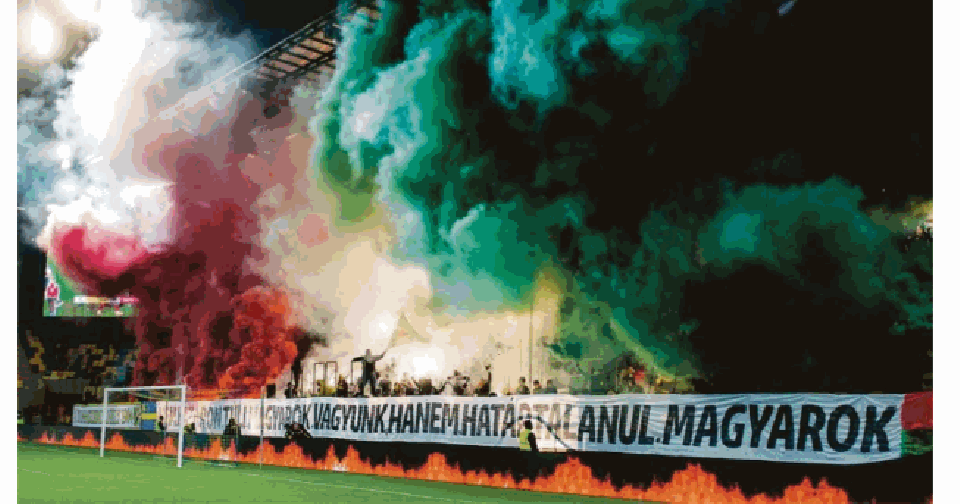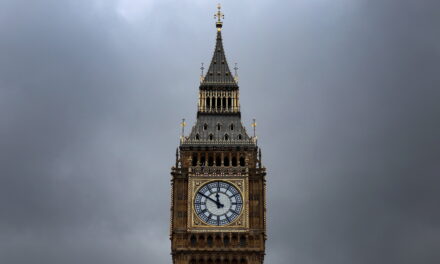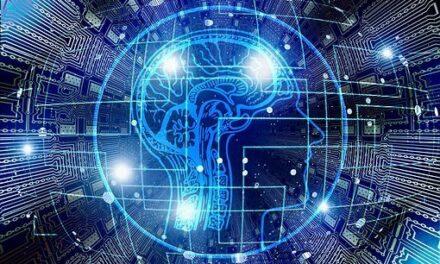We live in an age where everything we believed in and believe in is being questioned; are nations still necessary, is the family important, can only women give birth, is Christianity outdated and could the line be continued. If it is also possible to question the fact that the Hungarian strong and proud people, with their attitude and rich history, are capable of resisting destructive ideas, not only will our opponents suffer, but we ourselves will be uncertain about our future and our present.
This year's August 20 holiday is different from the others, because the sensational discovery was announced in these days; the remains of Saint László, the legendary Hungarian king, have been identified. And this is just the beginning of the journey; 900 bones of Hungarian rulers are kept in the ossuary of the Székesfehérvár basilica, so further big announcements are expected in the near future. The identification of our holy king was made possible by the fact that four years ago III. During the examination of Béla's bones, the team led by Professor Kásler managed to determine the DNA characteristic of the male members of the Árpád House. All of this in itself could be news published in an archeology magazine for those with a keen ear for history, but if we look back a little, it becomes obvious that these are huge discoveries from the point of view of our national identity. Knowing who we are and where we came from is a strength that makes us resilient against the storms of the past, present and future.
If we only look at the past, we see that there would have been a demand to erase us from history. But the recent migration crisis also points to our vulnerability and at the same time warns: if we do not stand firmly on the ground of our Hungarian self-identity, it will be difficult for us to meet the challenges before us. We live in an age where everything we believed in and believe in is being questioned; are nations still necessary, is the family important, can only women give birth, is Christianity outdated and could the line be continued. If it is also possible to question the fact that the Hungarian strong and proud people, with their attitude and rich history, are capable of resisting destructive ideas, not only will our opponents suffer, but we ourselves will be uncertain about our future and our present. That is why it was crucial when III. Based on the DNA from Béla's bones, it became clear: the members of the Árpád house are definitely of Eurasian, not Finno-Ugric, origin.
During the period marked by Emperor Francis Joseph, they systematically tried to blend the words of Finno-Ugric origin in our vocabulary with our genetic origin. To put it bluntly: season with style. Unfortunately, there were people available at that time for this so-called scientific slip. János Hunfalvy, József Budenz and others, who also have a German identity, did the dirty work. Not long after the 1848/49 revolution and war of independence was crushed, it was all about the Austrians trying to cut off the rebellious Hungarians from their true roots. They believed that if all Hungarian children grew up with the idea that their ancestors were Finno-Ugric fishermen and hunters, they would still have less desire to rebel than if they were aware that Sittya-Hun blood was flowing in their veins. Incidentally, the Rákosi's were also guided by similar intentions when in 1951 March 15 was officially deleted from the public holidays. It is still easier to control and break a people who do not remember their heroes and freedom struggles. For our greatest poets, it was clear who we were and where we came from. In one of János Arany's poems, he writes:
We have forsaken God, turned away from him,
Who brought me to this land from Szittyaarzág.
The full article of Pesti Srácok can be read here.
Author: Dániel Ferkó
Image: Hang.hu













